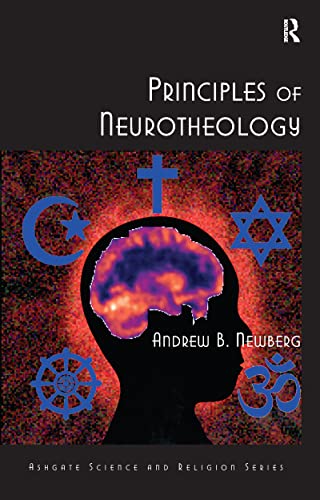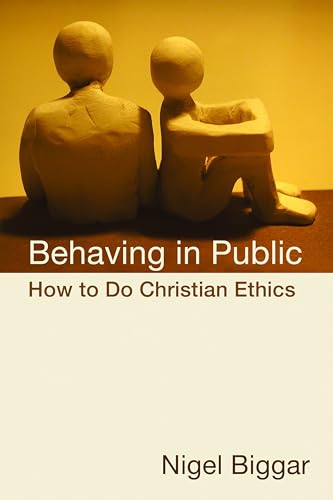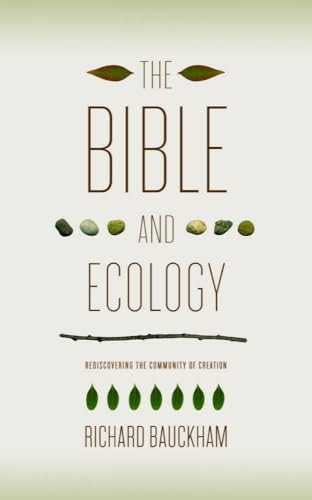As the author of the commentary on Ephesians in the Commentary on the New Testament Use of the Old Testament (ed. G. K. Beale and D.A. Carson; Grand Rapids: Baker, 2007), this is Frank Thielman's second commentary on this NT letter. Thielman is a world-renowned expert in Pauline studies. He has also written a major volume on NT Theology. The BECNT series is one of the more helpful commentary series on the NT, and this volume is a welcome addition.
Thielman's introduction to this volume covers the standard critical questions and is helpful at numerous points. Thielman enthusiastically endorses the Pauline authorship of Ephesians, and his critique of the argument that this is a pseudonymous letter is particularly insightful. His discussion of the letter's purpose is especially detailed (pp. 19-28). Thielman suggests that Ephesians was written towards the end of Paul's imprisonment in Rome and was aimed at addressing a number of concerns within the Ephesian church. More specifically, Thielman suggests the church in Ephesus was plagued by disunity among Jewish and Gentile believers, challenges from the Imperial and Artemis cults, and was reabsorbing the pagan ideals they had left behind at conversion. Thielman argues that Paul addresses these challenges facing the Ephesian church by reminding them of God's power and grace, God's plan to unite the cosmos, and their appropriate response to these theological truths. There is much to appreciate about Thielman's approach to this issue, though more work needs to be done in this area.
The format of this commentary follows that of others within this series. One of the strengths of this series is the attempt to demonstrate how each individual passage fits within the letter's overall rhetorical strategy. There is a sustained attempt throughout commentaries in this series to help the reader understand how each passage develops the author's argument and is related to what has come before and what follows. This series thus offers a valuable top-down and bottom-up analysis that guides the reader in not only appreciating the finer points of exegesis but also the “big-picture” of each NT text. Each major section of Ephesians is briefly discussed and placed within the context of the letter. Each passage within that section is then briefly introduced, followed by the author's translation of the Greek text and verse-by-verse exposition, a summary of the passage, and a final section addressing more technical concerns.
Perhaps the greatest strength of this commentary is its discussion of the use of the OT in the letter to the Ephesians. This is no doubt the result of Thielman's work in Commentary on the New Testament Use of the Old Testament. Thielman, for example, observes the presence of exodus/new exodus imagery (e.g., á¼�πολÏ�τρωσινin Eph 1:7) in Eph 1:7-10 (pp. 56, 59-60). Thielman also rightly suggests the phrase τῶν διαθηκῶν τá¿�ς á¼�παγγελίας (“the covenants of promise”) in 2:12 refers primarily to the Abrahamic covenant and the new covenant (pp. 154-56). The salvation-historical movement that underlies 2:11-22 and the statement regarding the abrogation of the Mosaic law in 2:14-15 makes this the most viable reading of this particular phrase in v. 12 (cf. Rom 7:1-6; 2 Cor 3:1-18; Gal 3:6-18; 4:23-24). Thielman also fittingly concludes that the allusion to Isa 28:16 in Eph 2:20 (á¼�κρογωνιαίου) suggests the temple described in 2:19-21 is to be associated with the eschatological temple populated by Jew and Gentile pictured in such texts as Isa 2:1-2; 66:19-23; Tob. 14:5-7; 1 En. 90:29-34 (p. 184). I would question his conclusion that 2:19-22 depicts the “final fulfillment of Jewish eschatological expectations” because it would be more appropriate to describe the “new heavens and new earth” of Rev 21:1-22:7 as the ultimate fulfillment of these prophetic expectations and the temple of Eph 2:19-22 as an inaugural fulfillment. But his reading of this text deserves to be taken seriously in light of the presence of new creation imagery throughout this passage (cf. 2:1-3, 10, 15) and the presence of allusions to Isa 52:7; 57:19 in Eph 2:13, 17.
With the publication of this commentary, evangelicals concerned with understanding the letter to the Ephesians now have a number of excellent commentaries to choose from. For the graduate student or scholar seeking help with a detailed exegetical issue, this commentary (along with that of Hoehner, Best, and Lincoln) is certainly worth consulting and well deserves space on a bookshelf. Some pastor-teachers looking for guidance in preparing a sermon would also benefit from this commentary. However, in my opinion, the recent commentary by Clint Arnold (Ephesians [ZECNT 10; Grand Rapids: Zondervan, 2010]) is more suited to the needs of those engaged in sermon preparation and would be well paired with Peter T. O'Brien's volume on Ephesians in the Pillar NT Commentary series. Despite the relative brevity of Ephesians, it would likely take many years (and many more pages) for any scholar to produce a commentary capable of adequately meeting the needs of every possible reader on so theologically dense a letter as Ephesians. Nonetheless, if there is a drawback to this commentary worth highlighting it is that its discussion of the contemporary appropriation of this letter's message is unfortunately limited. Despite this weakness, I would strongly recommend this commentary.
Mark D. Owens
Mark D. Owens
University of Aberdeen
Aberdeen, Scotland, UK
Other Articles in this Issue
Evaluating a new English translation of the Bible can be extremely difficult...
In the November 2009 edition of Themelios, Dane C...
Jonathan Edwards (1703-1758) is remembered today as a saint, scholar, preacher, pastor, metaphysician, revival leader, theologian, Calvinist—the list goes on...
Almost two decades ago I wrote an essay titled " When Is Spirituality Spiritual? Reflections on Some Problems of Definition ...
He was the youngest son of elderly parents. His childhood was secluded and unhappy, which might in some measure account for his lifelong melancholy...







